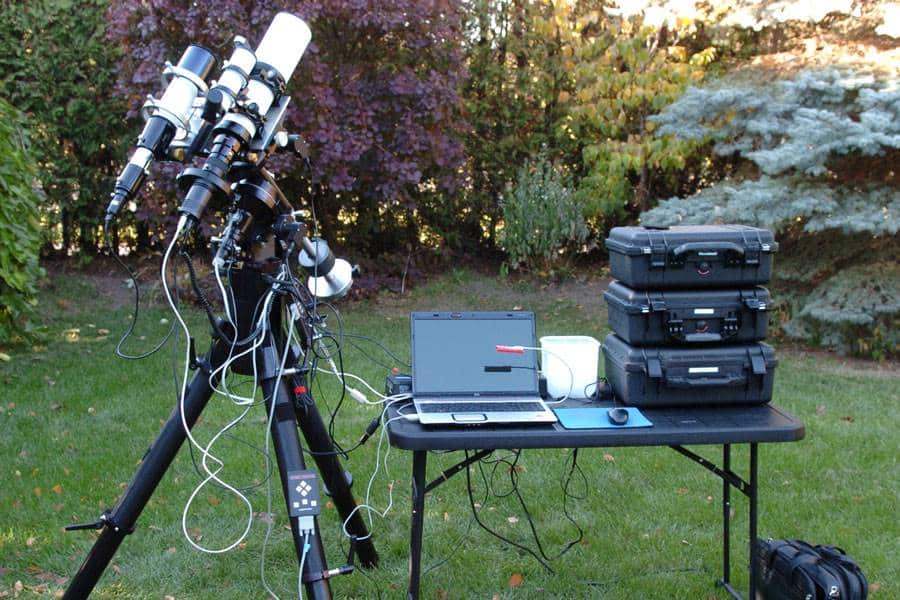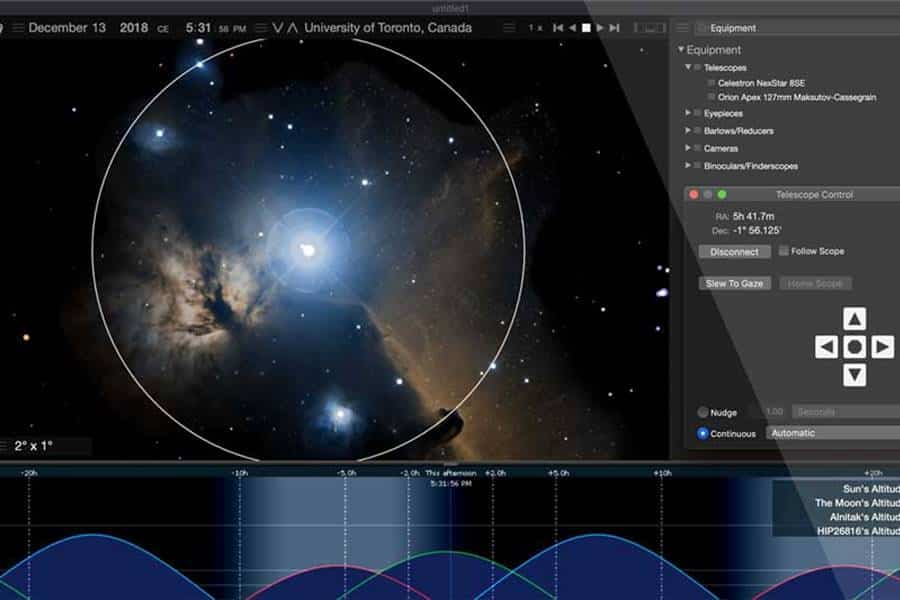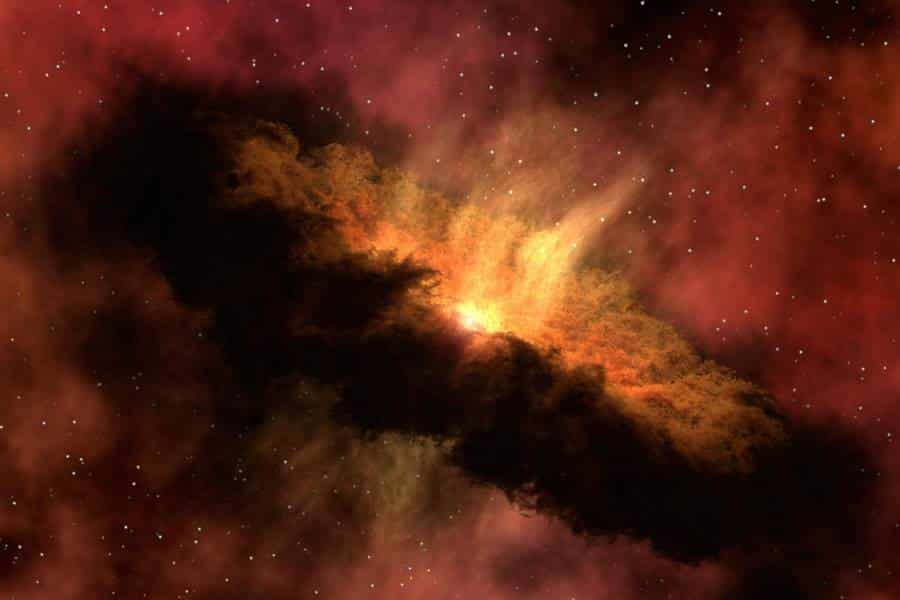Today we’ll discuss “astrophotography,” which is an emerging trend in the photography world. From ancient times astronomical objects, celestial events, and areas of the night sky are the subject of wonder for people worldwide.
The deep starry sky with a thousand stellar placers and various nebulae fascinate the eye. Anyone looking at this beauty naturally desires to capture heavenly wonders in memory by placing colorful photographs in his album. It turns out that in our age of digital technologies, obtaining images of space objects has become possible not only with the help of a telescope but also with modern digital cameras.
Many fantastic pictures of the starry sky that you can see today on the internet or in periodicals were taken using relatively modest photographic equipment. This direction in photography is called astrophotography.
Nowadays, astrophotography has acquired a scientific character, involving studying astronomical objects through photographing and subsequent analysis and artistic. Indeed, the immense dark sky above us provides photographers with tremendous opportunities to create stunning and exciting images.
Definition: What is Astrophotography?
Astrophotography is the art of photographing astronomical bodies (stars, planets, asteroids, and galaxies), celestial events (as sun or moon eclipses), and the areas of the night sky.
In general, astrophotography is a method of astronomical observation that involves photographing celestial bodies and the starry sky. It should be noted that astrophotography can pursue not only research purposes, for example, when it is required to determine the position of the stars in the sky, measure the distances to them, as well as their movements.
All this is included in the range of the so-called photographic astrometry (the astronomy section, which is precisely engaged in conducting high-precision measurements of coordinates, distances, and proper motions of celestial bodies). Astrophotography is, in addition to everything else, also art photography.
In this digital age, acquiring images of astronomical objects observed through a telescope has become more accessible than ever for amateur astronomers. Modern digital cameras and CCDs make it possible to photograph the moon, planets, and deep space objects (nebulae, galaxies, star clusters) with a very high resolution.
Many, simply stunning in their beauty and detail, the pictures that can be seen in books or found on the internet were made by amateurs using relatively modest equipment. For example, below is a fantastic image of the giant planet Jupiter, taken with a 350mm telescope by an American amateur astronomer and one of the most prominent planetary photographers in the world, Damian Peach.

The image shows a massive amount of details of the atmosphere of Jupiter, details of the structure of the Great Red Spot – an enormous hurricane raging in the planet’s atmosphere, the dimensions of which are somewhat more significant than the planet earth.
History of Astrophotography
The first photograph of the celestial object was taken in the earliest period of photography, using the daguerreotype process invented by the French artist Louis Daguerre. The process was expensive and complex, requiring silver-plated copper plates, iodine, and magnesium.
For astronomical use, daguerreotypes were far from ideal. There was no way to duplicate the photograph. They were very low sensitivity by modern standards: the first daguerreotype of the moon required a 20-minute exposure; this achievement is even more remarkable for the lack of accurate tracking systems for celestial objects.
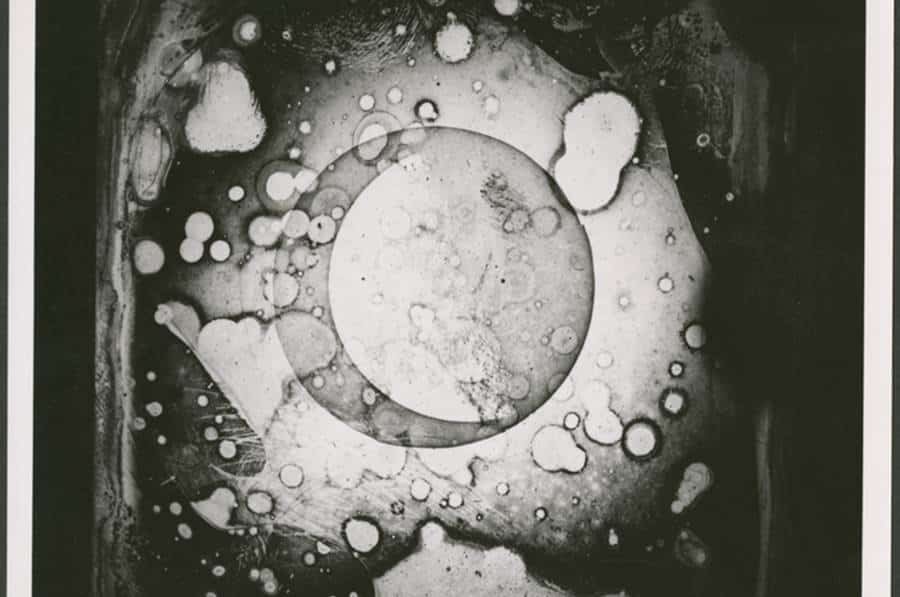
However, the first photograph of the moon (taken in 1840 by amateur astronomer John William Draper) showed the potential of photography for scientific applications. But the lack of sensitivity of photographic materials prevented the widespread use of the process.
It had to pass another ten years before a photograph of an object outside the solar system was taken. The pictures of the star Vega were taken in 1850 by a joint effort of a photographer from Boston and the director of the Harvard Observatory.
Improvement of Sensitivity: Invention of Wet Collodion Process
In 1851, Frederick Scott Archer invented the collodion process, making photographic plates much more sensitive than the daguerreotype. A typical daylight exposure could now be taken in seconds instead of minutes, a giant leap forward that opened photography to many new uses.
The increased sensitivity was very desirable for astronomers, but they faced other difficulties that made astronomy’s collodion process uncomfortable. It was a complex and even dangerous process, requiring sulfuric acid, iodine, ammonia, and even an intermediate stage using nitrocellulose, which is highly explosive.

Even worse, collodion photography was a wet process. The photographer had to start the development process immediately after the exposure of the plates. Using such hazardous chemicals and complex procedures in dark and cold observatories was difficult and potentially dangerous.
Although the plates were much more sensitive than daguerreotypes, they were not yet sensitive enough to capture any celestial object other than bright objects such as the moon and some bright stars.
Invention of Dry Photographic Plates
The wet collodion process has been used in photography for over 20 years, becoming widely used for terrestrial photography but little in astronomy. Then, in the 1870s, a chain of events was set in motion that would lead to astrophotography as we know it today.
Richard Leach Maddox discovered a way of using gelatin instead of glass as the basis for photographic plates. Dry gelatin can retain light-sensitive chemicals and therefore eliminate the need for a wet plate. The discovery became known as the “dry plate” process.
Dry plates eliminated the camera’s wet chemical contamination and the need to develop the plate immediately after exposure. There was no longer a need for a dark room, and for the first time, a photographer could travel with a pre-prepared plate (possibly prepared by someone else), take photographs, and process them later. Photography is becoming something almost anyone can do.
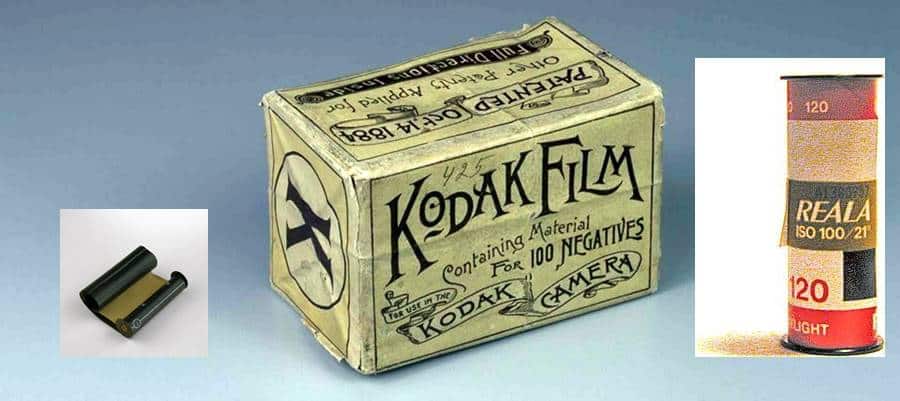
Soon after the invention of dry wafers, George Eastman (founder of Eastman Kodak) invented the machine for coating wafers with an emulsion, which gave rise to the commercial production of prepared wafers. It made photography not only cheaper but also much more convenient.
The first dry plates were not very sensitive, but the process of their improvement continued. In 1880, Henry Draper (Draper’s son, who took the first photographs of the moon from daguerreotypes in 1840) brought a 51-minute exposure of the Orion nebula.
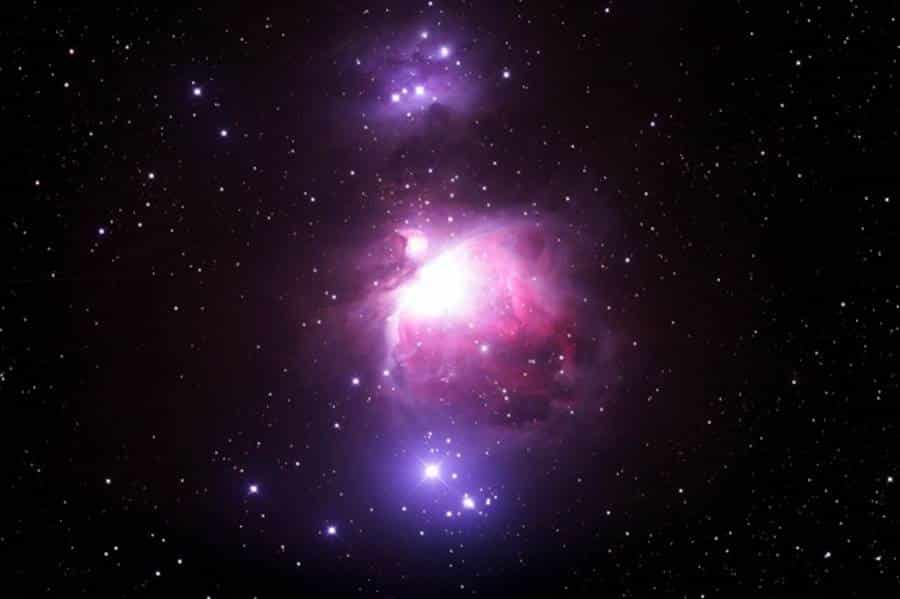
The exposure captured only the brightest parts of the nebula, but a 137-minute exposure two years later captured the entire nebula and showed stars that are not visible. It is how deep space photography was born.
It was significant progress. Deep space photography was immediately recognized as the future of astronomy, and by 1882, photographic panoramas of the sky were being created at the Harvard College Observatory.
Although this first exploration of the sky included only eighth-magnitude luminaries, the relative ease and speed with which it was carried out (in just four years) confirmed that it was the path of all future maps of the sky.
Improvement, Progress, and New Opportunities
It can be argued that the most significant milestone was in 1884 George Eastman’s invention of celluloid as the basis of photographic film, along with the production process it became quickly and cheaply.
The rejection of glass plates allowed the storage of photographic materials in rolls or drums; this made cameras actual that did not have to be recharged for each shot. It also became possible for photographers to take many film frames in a small container with them. It paved the way for the invention of cinematography a few years later.
In astronomy, however, the invention of the celluloid film was far less effective, and large glass plates continued to be used in astronomical observatories for over 100 years. There were several reasons for this:
- Large telescopes designed for imaging tend to have large focal planes of maximum field of view, so switching to a smaller image frame size was not profitable.
- Large plate sizes were required for many telescopes (for example, 22″ x 22″), where the film has many disadvantages since it was difficult to ensure its straightness and rigidity. With such large dimensions, glass plates have a great advantage. Flexible film is also at a very disadvantage in astrometry.
- The ease and accuracy of astrometric measurements are significant advantages of visual observation over photography. Still, much of the accuracy is potentially lost if the photo shrinks or expands after exposure.
- The film can deform and shrink and expand significantly with changes in temperature and humidity, introducing errors in measurements. Glass is much more dimensionally stable, resistant to changes in moisture, and is much less dependent on temperature changes. However, that emulsion on glass plates can also introduce distortion, and this was discovered as a source of errors as early as 1904.
Eastman, however, has seen the use of film in astronomy in portable applications such as eclipse studies that require travel and field conditions. But in stationary observatories, the glass plate reigned supreme until the late 20th century, when Kodak finally discontinued its production. Remarkable durability for such old technologies.
Modern Astrophotography
Today, at the level of technologies for the manufacture of solid-state radiation detectors, particularly charge-coupled devices (CCDs), it became possible to replace photography with an emulsion by direct digital registration of an image with direct input into a computer.
Cameras based on CCDs or CCD arrays have supplanted conventional photography from almost all areas of astronomy due to such obvious advantages as high quantum efficiency, hard raster, fast image storage in a computer, and the ability to process images in real-time.
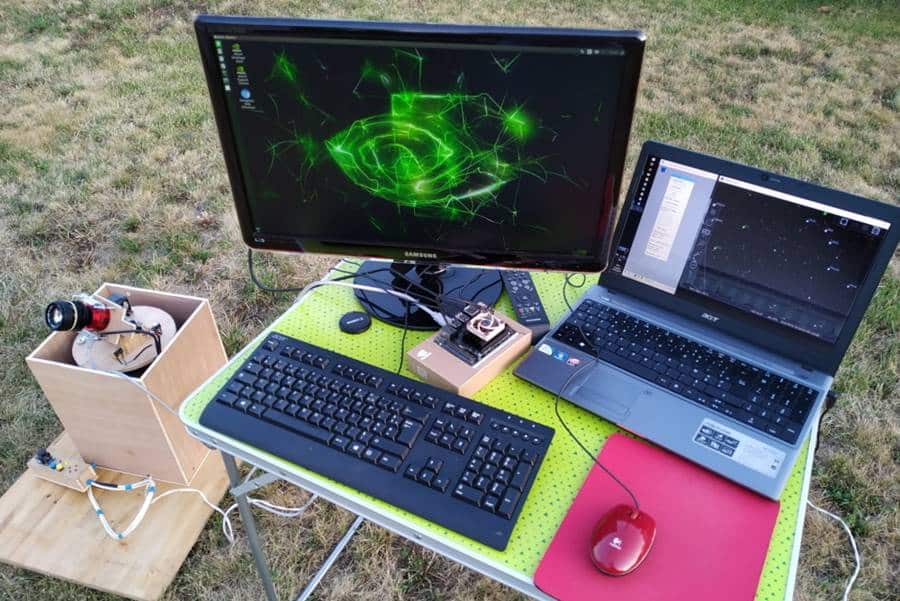
Modern astrophotography images are applied to solving problems such as determining the positions of luminaries on the celestial sphere, measuring their movements, distances to them, the relative displacements of stars in binary, and multiple systems or satellites around planets, etc.
Most astrometric problems are solved by measuring the angles between the directions to the stars at certain times. The proper motions of stars are determined from images taken with an interval of tens of years.
Distances are determined based on measurements of angles between directions to a celestial object at different times of the year, i.e., from other points of the earth’s orbit.
In this way, the distance to the stars is determined with an accuracy of several. Thousandths of an arc second, which corresponds to distances of 200–300 pc. Modern astrophotography also makes it possible to measure the relative position of the components of binary stars.
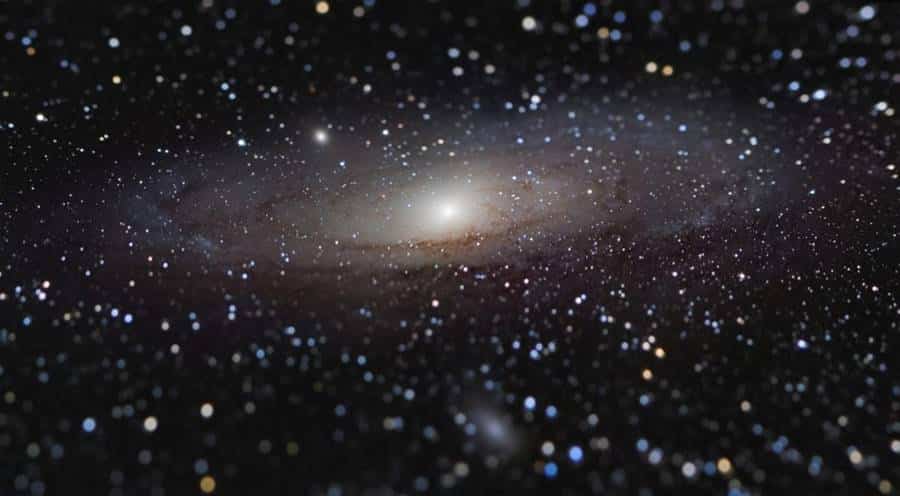
In brief, with the development of modern photographic art, CCD-matrix Cameras, high-quality telescopes, and astrographs, the opportunity to capture stellar placers has appeared for each of us.
Even though a telescope with a relatively small aperture, a photographer can capture genuinely unique details of the structure of matter in the vast hydrogen nebulae of our galaxy, star-studded clusters, and distant galaxies that are millions of light-years away.
Required Equipment for Astrophotography
For astrophotography, it is better to use a digital camera rather than a film camera since with a film camera, there will be specific difficulties associated with processing the results obtained after development. The main thing is that the camera allows you to manually control the settings and make it possible to work calmly with long exposures.
When using a DSLR camera, the photographer gets the opportunity to use both long-focus lenses and telescopes and short-focus lenses, which certainly expands his creative arsenal.
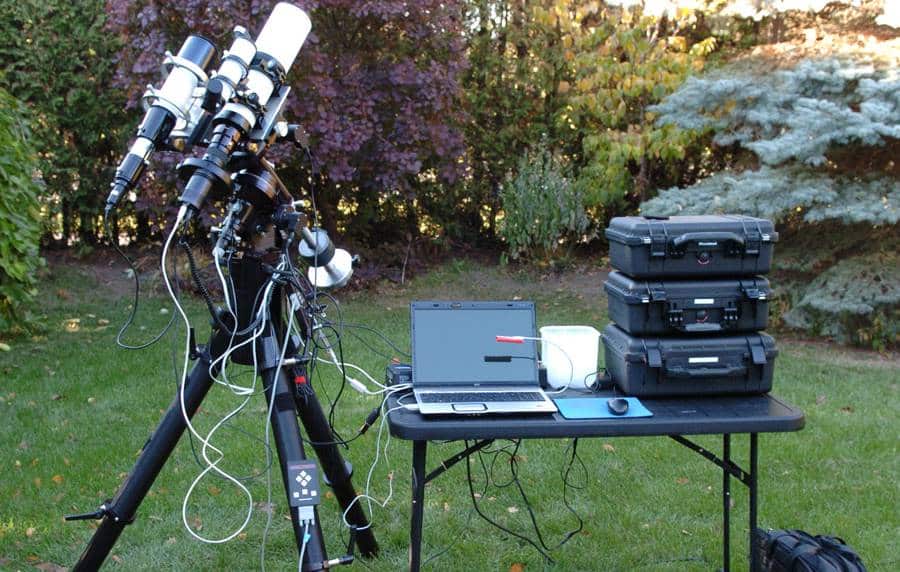
With only a digital camera and a tripod at hand, you can take exceptionally high-quality pictures that will decorate your photo album. Generally following astrophotography equipment are required for astrophotography:
- Astrograph (or you can also use a telescope with camera mount),
- Refractor (also called guide),
- A DSLR Camera,
- A Laptop, and
- A Tripod (some telescope comes with it, so check it before buying).
It is no exaggeration to say that astrophotography is one of the most technically challenging areas of photography. Difficulties lie not only in some remoteness of the objects of observation but also in various moments of an organizational nature.
Future of Astrophotography
Evolution does not stop for a second. It was proved to the whole world by Charles Darwin. And the faster the progress, the more the world around is changing. The last decade of evolution looks very promising in terms of astrophotography and filming.
First of all, the fact is that the quality and capabilities of photography technology are growing by leaps and bounds. As British theoretical physicist Stephen Hawking said – “space exploration is a necessary part of human survival.”
The future of astrophotography looks bright. However, it is difficult to predict the future of astrophotography in our rapidly changing world. But according to current trends, we can say, “there will be even more strong telescopes, cameras, filters, smart programs, enhancers, and magic buttons, which will allow anyone to take beautiful pictures of distant extraterrestrial objects, planets, and distant galaxies.”
We might see the perfection of modern astrophotography technology and the miniaturization of telescopes and camera equipment in the future.
